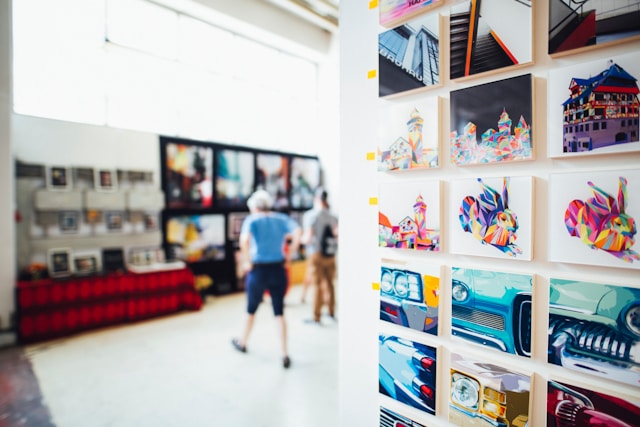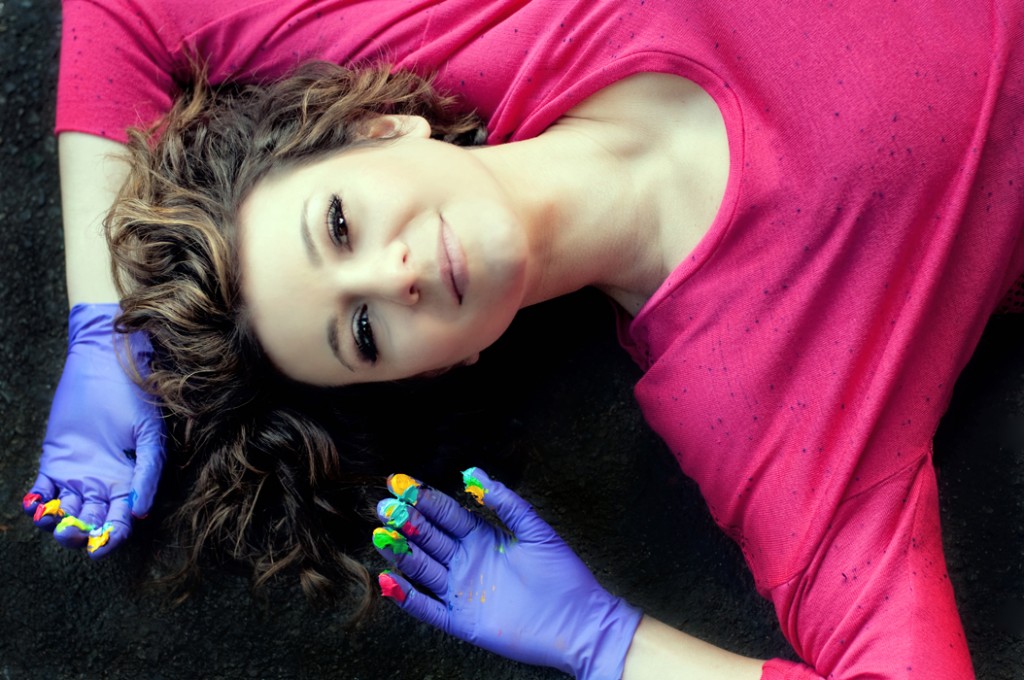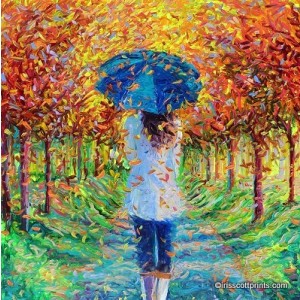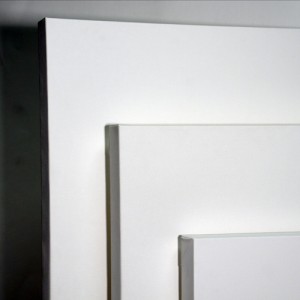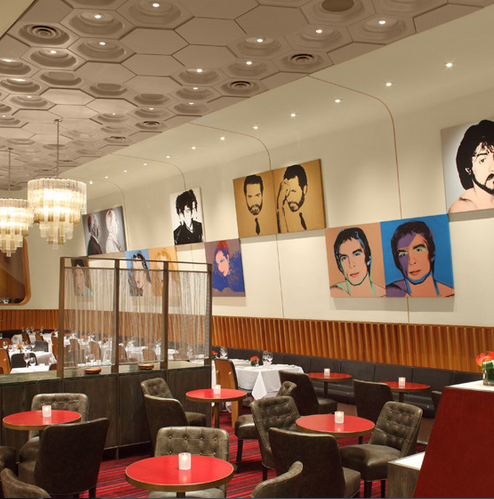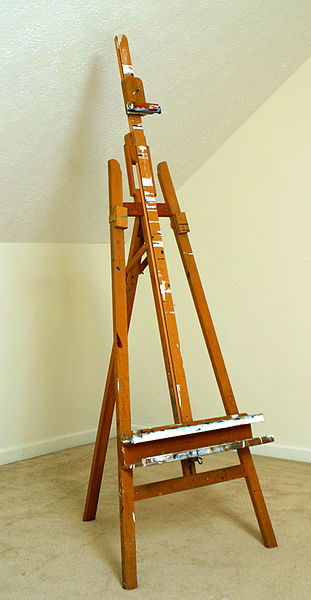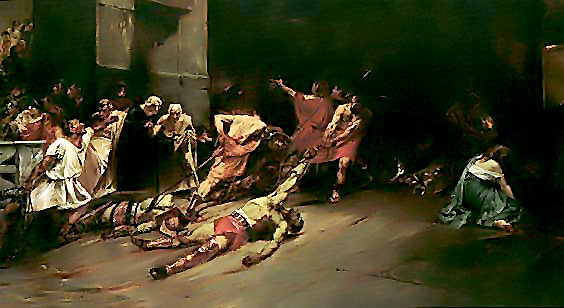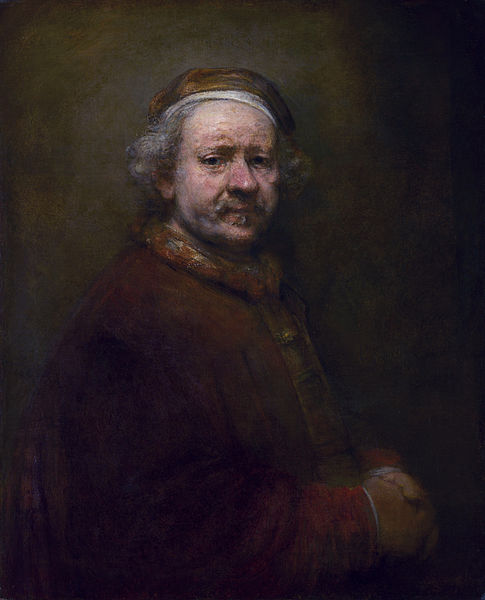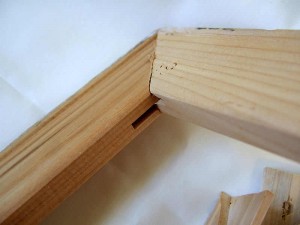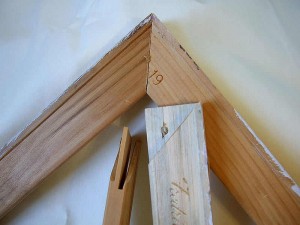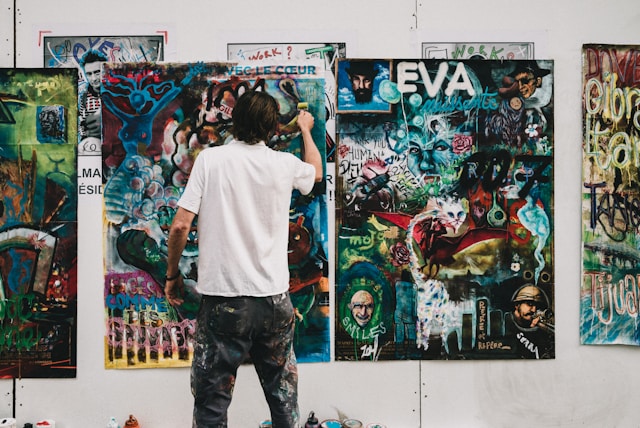
How to Manage Unsold Paintings
Managing unsold paintings can be a common challenge for artists. Here are some suggestions on how to handle and potentially monetize your unsold artwork:
- Create an Online Portfolio. Build a professional website by using online platforms like Etsy, DeviantArt, or Saatchi Art to showcase your unsold paintings. This provides a centralized location for potential buyers to discover and purchase your work.
- Social Media Promotion. Social media is your friend. Leverage social media platforms such as Instagram, Facebook, X (formerly Twitter), TikTok, and Pinterest to showcase your artwork. Regularly share images, stories, and updates about your paintings to increase visibility.
- Art Shows and Exhibitions. Join local art shows, galleries, or exhibits to display and sell your paintings. Networking with other artists and art enthusiasts at such events can also open up new opportunities.
- Limited-Time Promotions. Create limited-time promotions or discounts for your unsold paintings to encourage sales. This can be especially effective during holiday seasons or special events.
- Prints and Reproductions. Consider offering prints or reproductions of your unsold paintings. This allows you to reach a broader audience at a lower price point and provides an alternative for those who may not be able to afford original artwork.
- Collaborate with Local Businesses. Partner with local businesses such as cafes, restaurants, or offices to display and sell your artwork on consignment. This can attract potential buyers who may not have visited traditional art galleries.
- Art Leasing. Explore the option of leasing your artwork to businesses or individuals. Some people might be interested in rotating artwork in their spaces without committing to a purchase.
